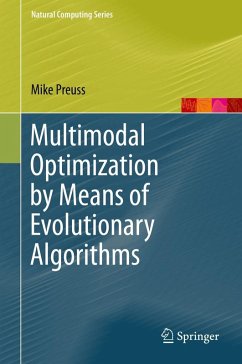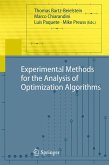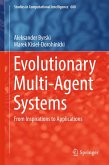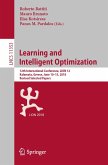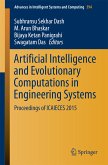The author explains niching in evolutionary algorithms and its benefits; he examines their suitability for use as diagnostic tools for experimental analysis, especially for detecting problem (type) properties; and he measures and compares the performances of niching and canonical EAs using different benchmark test problem sets. His work consolidates the recent successes in this domain, presenting and explaining use cases, algorithms, and performance measures, with a focus throughout on the goals of the optimization processes and a deep understanding of the algorithms used.
The book will be useful for researchers and practitioners in the area of computational intelligence, particularly those engaged with heuristic search, multimodal optimization, evolutionary computing, and experimental analysis.
Dieser Download kann aus rechtlichen Gründen nur mit Rechnungsadresse in A, B, BG, CY, CZ, D, DK, EW, E, FIN, F, GR, HR, H, IRL, I, LT, L, LR, M, NL, PL, P, R, S, SLO, SK ausgeliefert werden.
Hinweis: Dieser Artikel kann nur an eine deutsche Lieferadresse ausgeliefert werden.

